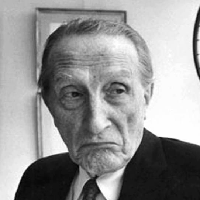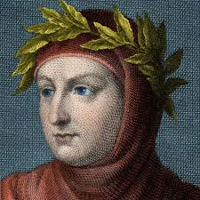David Foster Wallace MBTI -Persönlichkeitstyp
Persönlichkeit
"Welcher Persönlichkeitstyp ist {profilename}? {profilename} ist ein {MBTI} -Persönlichkeitstyp in MBTI, {enneagram} - {iv} - {tritype} in EnneArgram, {big5} in Big 5, {socionics} in Socionics."
He WANTS you to believe he is a reclusive tortured artist, while simultaneously loathing the cliché of it, which of course only makes him look more tortured. “I want to be in Rolling Stone, I just don’t want to look like someone who wants to be in Rolling Stone.” This is one of the many paradoxes of David Foster Wallace. I get why people type him as Ti dom or Fi dom. His writing screams Ti, while his obsessive introspection certainly resembles Fi. But there’s so much more going on here, especially when you look at his actual life. Wallace was a very skilled manipulator. He seduced countless women to the point of becoming addicted to it. In fact he manipulated everyone, including his readers and interviewers, portraying himself as an “every dude” and acting endearingly clueless and/or anxious while subtly proving he’s the smartest person in the room at all times—often without meaning to. He felt he had to dumb himself down to connect with others. People found him intimidating while simultaneously being fully at ease with him. His Fe was WAY too strong to be inferior, and as with all ENTPs, it only got stronger as he matured. He was also very active and athletic in his younger years, being an excellent tennis player until he found himself overthinking each move (showing his lack of Se). He debated teachers, befriended everyone, got paid to do others’ homework, and was generally a social butterfly who could adapt to all situations…until depression came along. His depression was a purely neurological condition that shouldn’t be ascribed to his personality type, hence the MAO inhibitors that held him by a thin string for most of his adult life. The depression brought out a whole opposite side of him—one filled with insecurities and dread, one whose Ne and Ti was used for self-sabotaging spirals instead of social satire. This inspired him to create more meaningful work and surpass the postmodern Ti-type irony that had been his bread and butter throughout his youth, but it also took a fatal toll on him. Naturally, he retreated inward and became obsessed with how he is perceived, especially once he became a topic of literary discourse. But his actual sense of “self” was so riddled with contradiction that his true intentions and moral values become harder to decipher the closer you look. He knew this, but couldn’t figure out how to break out of it, and it became a major source of existential anguish. His “new sincerity” was his attempt to overcome this by finding something “real” to say. But the sincere confessions he ends up making (“Octet”, “Good Old Neon”) are that true sincerity is impossible. This is not Fi—it’s an Fe user going through mental illness (though as an Fi user I do relate). He struggled with his identity only because it constantly eluded him. I respect the INFJ argument for this reason, but his intuition was unmistakably Ne. His books sprawl with infinite ideas precisely because they’re external to him. He could simulate Ni when he needed to because he was highly intelligent and had amazing descriptive powers (and perhaps because he was surrounded by Ni users he wanted to impress, like Jonathan Franzen and Mary Karr), but his curiosity was all over the place, and his extreme struggle with boredom is inarguable. He was an impulsive crammer, not a planner. His conclusions about TV/media addiction are Si grip at its finest. Infinite Jest (which, yes, I’ve read in its entirety), does hold together but is nonetheless a hodgepodge of one brilliant Ne-Ti detour after another. It’s unpredictable, precocious, audaciously irreverent, brilliantly reckless. Half of it is just ENTP infodumping with an extra-creative twist. (Reading it as an Ne user felt like unlocking a superpower within myself, and it changed my life as a creative person by giving me confidence in the crazy ideas I’d been suppressing.) ‘Brief Interviews with Hideous Men’ is about men who manipulate, written by a man trying his hardest not to manipulate us into thinking he isn’t trying to manipulate. The Ti-Fe axis is off the charts. “The Depressed Person” and “Good Old Neon” are the ultimate proof that you can be deeply depressed while being Fi-blind. Wallace had a very fast-paced mind that couldn’t keep up with itself. People read him because he helps speed up theirs.
Biografie
David Foster Wallace (February 21, 1962 – September 12, 2008) was an American writer and university instructor in the disciplines of English and creative writing. His novel Infinite Jest (1996) was listed by Time magazine as one of the 100 best English-language novels published between 1923 and 2005. His last novel, The Pale King (2011), was a finalist for the Pulitzer Prize for Fiction in 2012.
Persönlichkeit correlate

J. K. Rowling
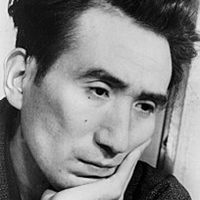
Osamu Dazai
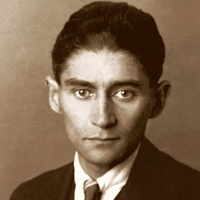
Franz Kafka

George R. R. Martin
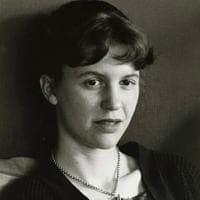
Sylvia Plath

Robert Greene
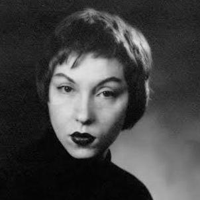
Clarice Lispector
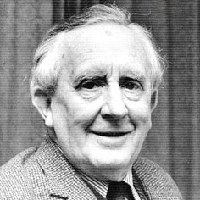
J. R. R. Tolkien






